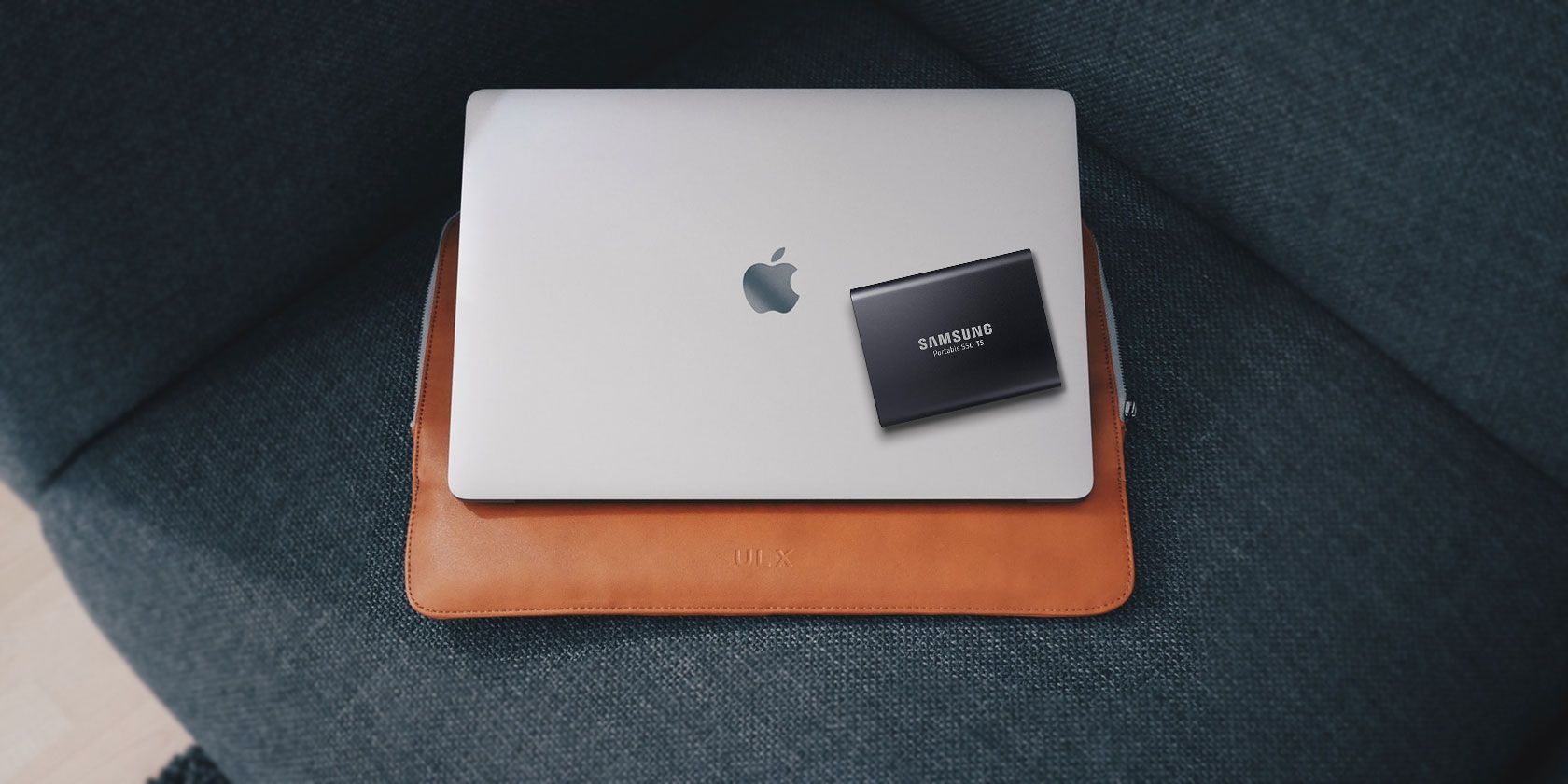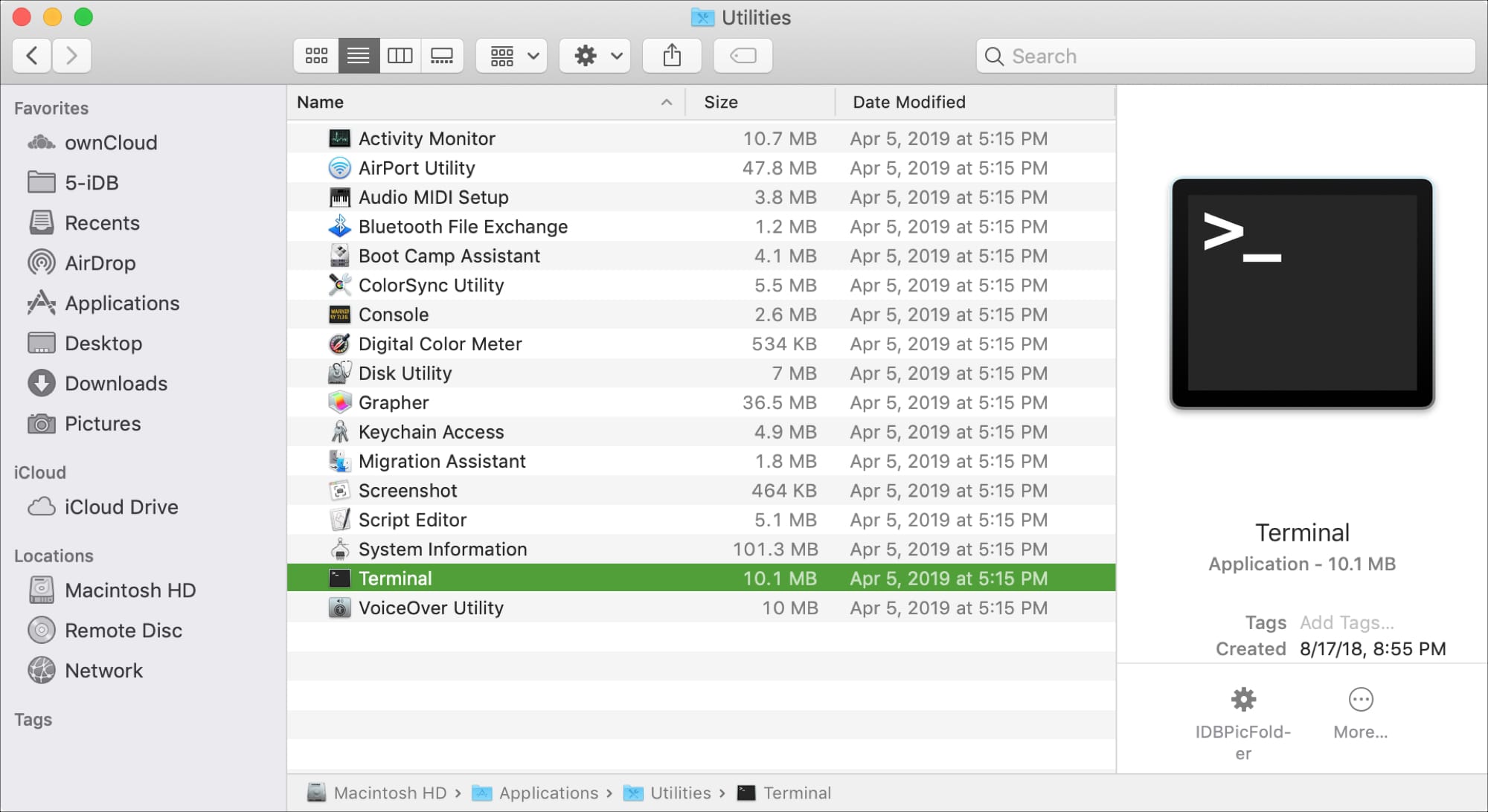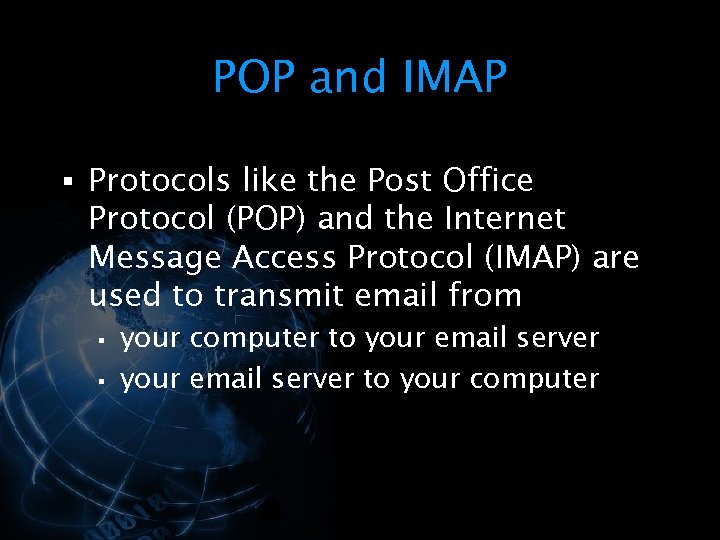

How to choose startup disk on a mac desktop You also get errors like yours when the startup disk is full. In this case, your Mac device will run slower.

It is recommended that your hard drive, especially the startup drive, is no more than 85% full. If your startup disk is full, it means that there is very little space left. Can't you see it? For example, search for a drive with the same name. The volume that represents your startup volume is Macintosh HD unless you rename it. Make sure that the name of your startup disk is displayed in the sidebar of the Disk Utility. In the macOS Recovery Tools window, select Disk Utility. Move large and infrequently used files to an external drive.īoot from macOS recovery.It may sound simple, but they often delete files and forget to empty the trash.

You can also click the Launchpad icon in the dock, click the Other folder, and then click Disk Utility. To access Disk Utility on macOS, simply press Command + Space to open Spotlight Search, type “Disk Utility” in the search box and press Enter. As the name suggests, everything in the Startup Items folder starts automatically on startup. Startup Items is a folder in the System folder on a Macintosh from System 7 to Mac OS. Empty Trash to free up space Share on your Mac 5. Use Finder to locate and delete large files 3. Check disk space usage on startup disk 2. What to do if the startup disk is full on your Mac? Continue to insert the CD into the slot until the CD player picks up the CD and vacuums it completely. Place the CD, label side up, in the drive bay. Locate the disc holder on your MacBook Pro at the bottom right. Insert only a standard CD into your MacBook Pro 1. Step 3 : Use your mouse or trackpad to highlight the desired volume. Step 2 : Immediately after the start signal, press and hold and release the Select (⌥) button. Step 1 : Turn on your Mac by pressing the power button, or restart it if it is already on by selecting.

How to choose startup disk on a Mac? Choosing a startup disk on Mac


 0 kommentar(er)
0 kommentar(er)
